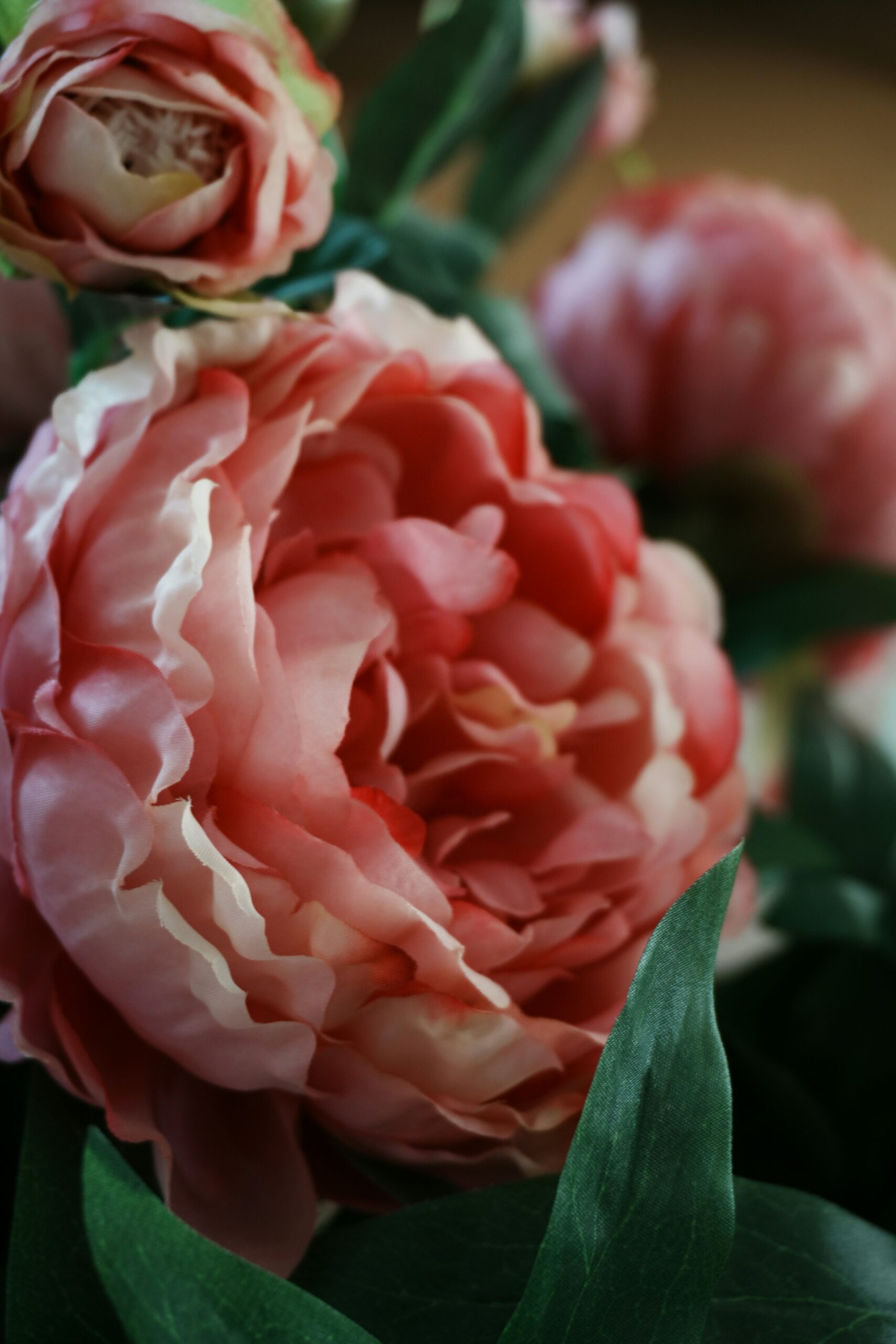Your cart is currently empty!
Peony Power: Crafting Elegance and Luxury with the Florist’s Favorite Bloom

The peony, a flower synonymous with abundance and romance, remains an indispensable element in sophisticated floral design. Revered for their opulent, layered petals and captivating spring fragrance, these remarkable blooms anchor compositions ranging from luxurious bridal arrangements to understated home décor, according to leading florists and horticultural experts.
Peonies belong to the genus Paeonia, encompassing dozens of cultivars broadly categorized into three types: herbaceous, tree, and intersectional (Itoh). Herbaceous varieties die back annually but produce highly fragrant, show-stopping blooms in late spring. Tree peonies possess woody stems and often boast larger, more enduring flowers, while the Itoh hybrid combines the resilience of herbaceous stock with the striking colors of tree types, offering florists exceptional versatility.
The visual diversity among peonies is vast, ranging from the tightly rounded “bomb” shape to loose, semi-double, and fully ruffled forms. Their color palette spans ethereal whites and delicate coral pinks to dramatic crimsons and magentas, often featuring subtle gradients or contrasting yellow centers, allowing for adaptability in both soft, romantic designs and bold, dramatic installations.
Selecting and Preparing Peak Blooms
For professional arrangements, choosing the right stage of bloom development is critical. Florists emphasize selecting stems that are strong and upright, capable of supporting the eventual weight of the fully opened flower. The buds should be firm; buds that are just beginning to open (“marshmallow stage”) offer the best longevity, allowing the arrangement to evolve naturally over several days as the flowers slowly unfurl. Fully opened flowers, while instantly striking, offer a significantly shorter vase life.
Proper post-harvest handling is paramount to maximizing the peony’s ephemeral beauty. Stems should be cut sharply at a 45-degree angle under water, and any foliage that would sit submerged must be removed to prevent bacterial contamination—a common cause of premature wilting. Immediate and dedicated hydration is required; if blooms appear stressed, submerging the entire stem briefly in lukewarm water can encourage rehydration.
Florist Tip: Peonies are sensitive to heat and direct sunlight. Displaying them in a cool, shaded environment is essential for maintaining their pristine texture and extending their lifespan.
Incorporating Peonies into Design
Peonies naturally serve as a focal point in any arrangement due to their sheer volume and luxurious texture. In mixed bouquets, their softness and size provide a lush foundation, allowing smaller, more structured elements like roses, ranunculus, or delicate greenery to frame them without competing for attention.
The symbolism of the peony—representing prosperity, good fortune, and enduring love—makes them a perennial favorite for significant personal celebrations, particularly weddings and anniversaries.
In structural design, peonies lend themselves to several popular styles:
- Classic Opulence: Round, tightly composed bouquets where the peony dominates, conveying timeless abundance.
- Garden Style: Loose, organic arrangements where the blooms intermingle with wildflowers, trailing foliage, and seasonal companions like lilacs or tulips, emphasizing natural movement.
- Dramatic Contrast: Pairing deep crimson or magenta peonies with richly textured foliage, such as burgundy dahlias or dark eucalyptus, to create a striking, dimensional centerpiece.
Experts recommend utilizing a mix of partially open buds and fully opened flowers within the same composition. This creates a “living bouquet” that remains dynamic, offering visual interest as the design continues to bloom and expand over time, underscoring the peony’s status as a transformative and continuously sought-after element in the floral arts.